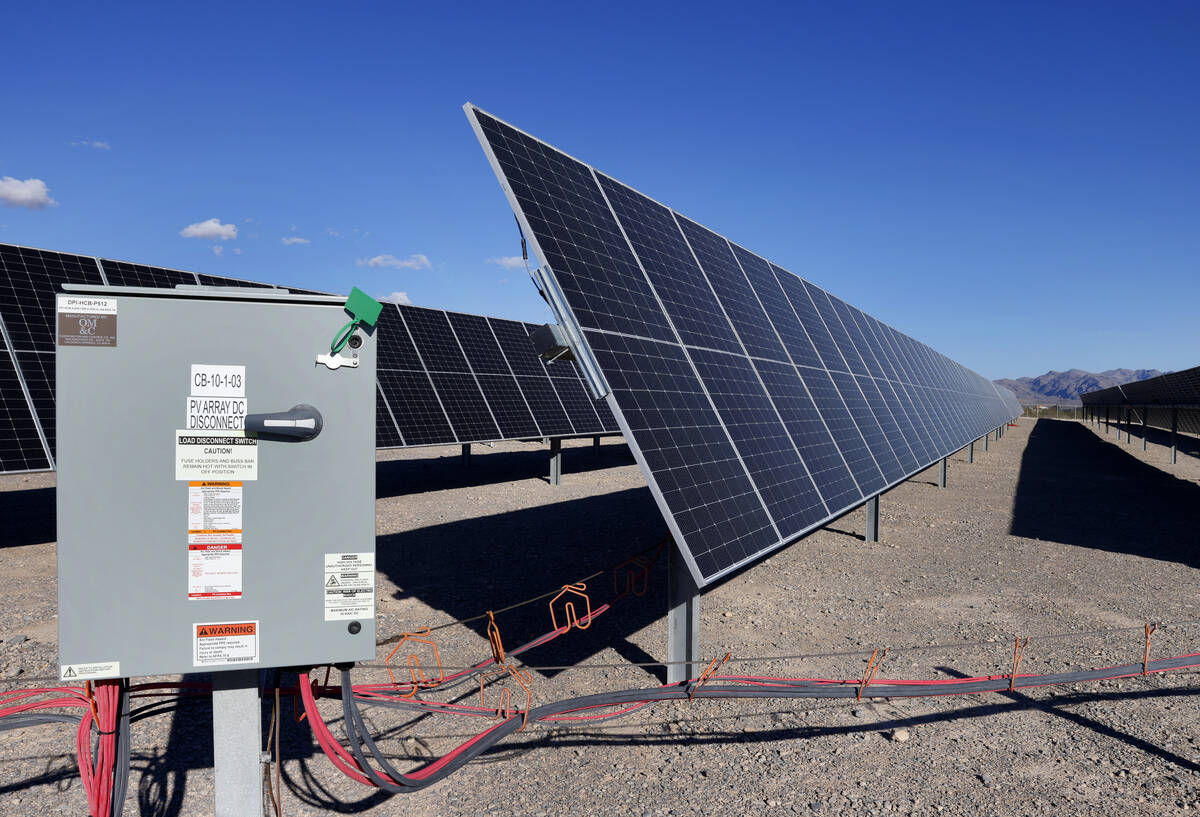Artificial Intelligence (AI) is rapidly transforming the global landscape, but its increasing energy demands raise fundamental questions about the feasibility of achieving net-zero carbon emissions by 2050. A recent report by the RAND Corporation highlights that AI data centers worldwide currently require over 20 gigawatts of power, a figure expected to double within two years and reach a staggering 300 gigawatts by 2030. This surge in energy consumption challenges the viability of green energy solutions and suggests a pivot towards more traditional energy sources.
The growing reliance on AI technology necessitates substantial computational capacity, primarily housed in expansive data centers that consume vast amounts of electricity. The Colossus supercomputer in Memphis, Tennessee, for instance, utilizes about 150 megawatts of power, equivalent to the energy needs of 53,000 households. As of 2023, there are approximately 4,000 data centers in the United States, which marks a 40 percent increase from just 18 months ago, indicating a pressing demand for reliable energy sources.
Despite the efforts to promote renewable energy, experts suggest that solar and wind energy may struggle to keep pace with the rapid growth of AI. Energy analyst Steve Gorham notes that these renewable sources come with significant transmission costs and inefficiencies, making it challenging to deliver the necessary power to large data centers. The U.S. Department of the Interior has also pointed out that wind and solar facilities are remarkably less efficient per acre compared to nuclear energy.
Current energy statistics reveal that natural gas accounts for 43 percent of the electricity generated in the United States, followed by nuclear power at 19 percent and coal at 16 percent. While renewables have recently surpassed coal in combined output, the consensus among some energy experts is that this may be as far as they can go, particularly in light of the increasing demands from AI technologies.
Looking ahead, the potential for expanded investments in renewables remains uncertain. Sumant Sinha, founder and CEO of ReNew, estimates that $3 trillion will be invested globally in green energy initiatives over the next five years. However, skepticism persists regarding the actual implementation of these initiatives, especially as nations grapple with the realities of financial constraints and political will.
The shift back towards more traditional energy sources such as nuclear and natural gas is becoming increasingly evident. As AI continues to integrate into daily life and reshape economies, the reality of its energy consumption will likely overshadow ambitious net-zero targets. The current trajectory suggests that achieving net-zero carbon emissions may require a reevaluation of energy strategies, particularly as governmental mandates struggle to align with practical energy needs.
In conclusion, while AI revolutionizes various sectors, its energy demands pose significant challenges to the global net-zero agenda. As reliance on AI grows, the transition to more reliable and efficient energy sources may ultimately redefine the future of energy policy and environmental goals. The ongoing developments in AI will likely make the notion of net-zero emissions increasingly complex, potentially relegating it to a lesser priority in the face of escalating energy requirements.
